House crickets are common insects known for their distinctive chirping sounds, which are often associated with warm summer nights. While their presence might be delightful outdoors, house crickets can become a huge headache when they invade homes.
In this article, we will explore diet, life span, habitat, appearance, and ways to prevent house crickets from infesting your home.
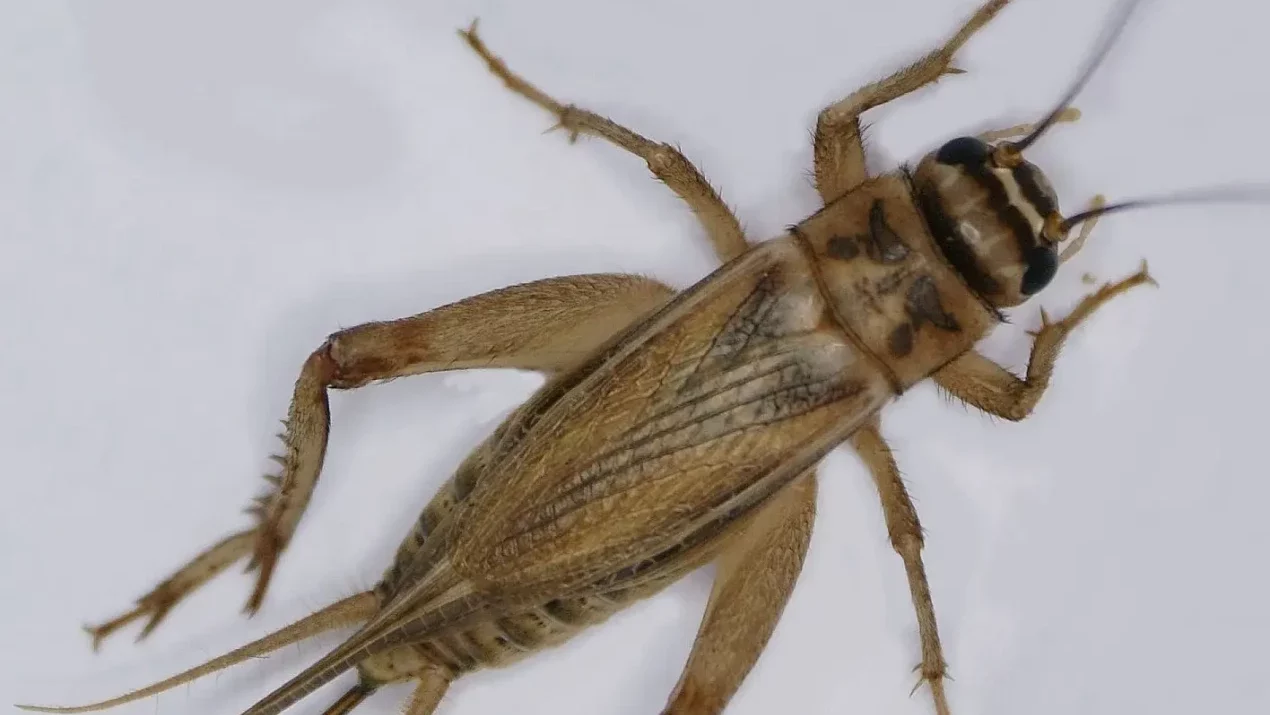
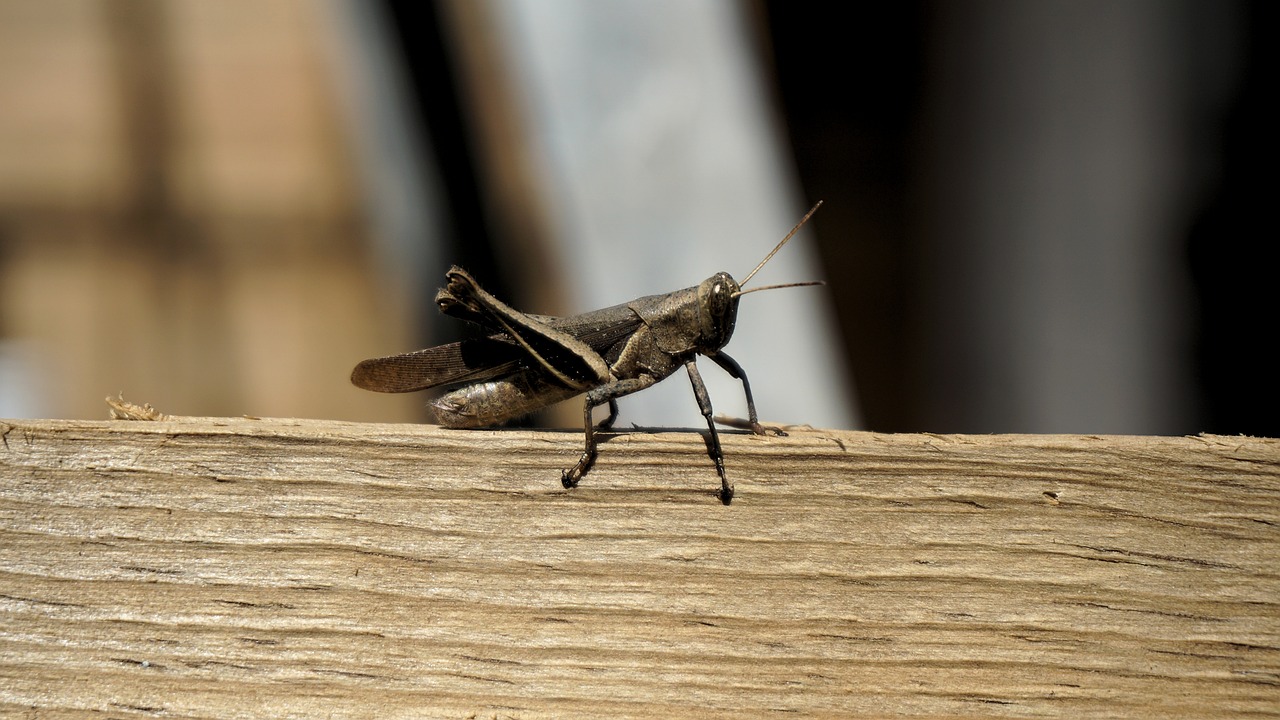
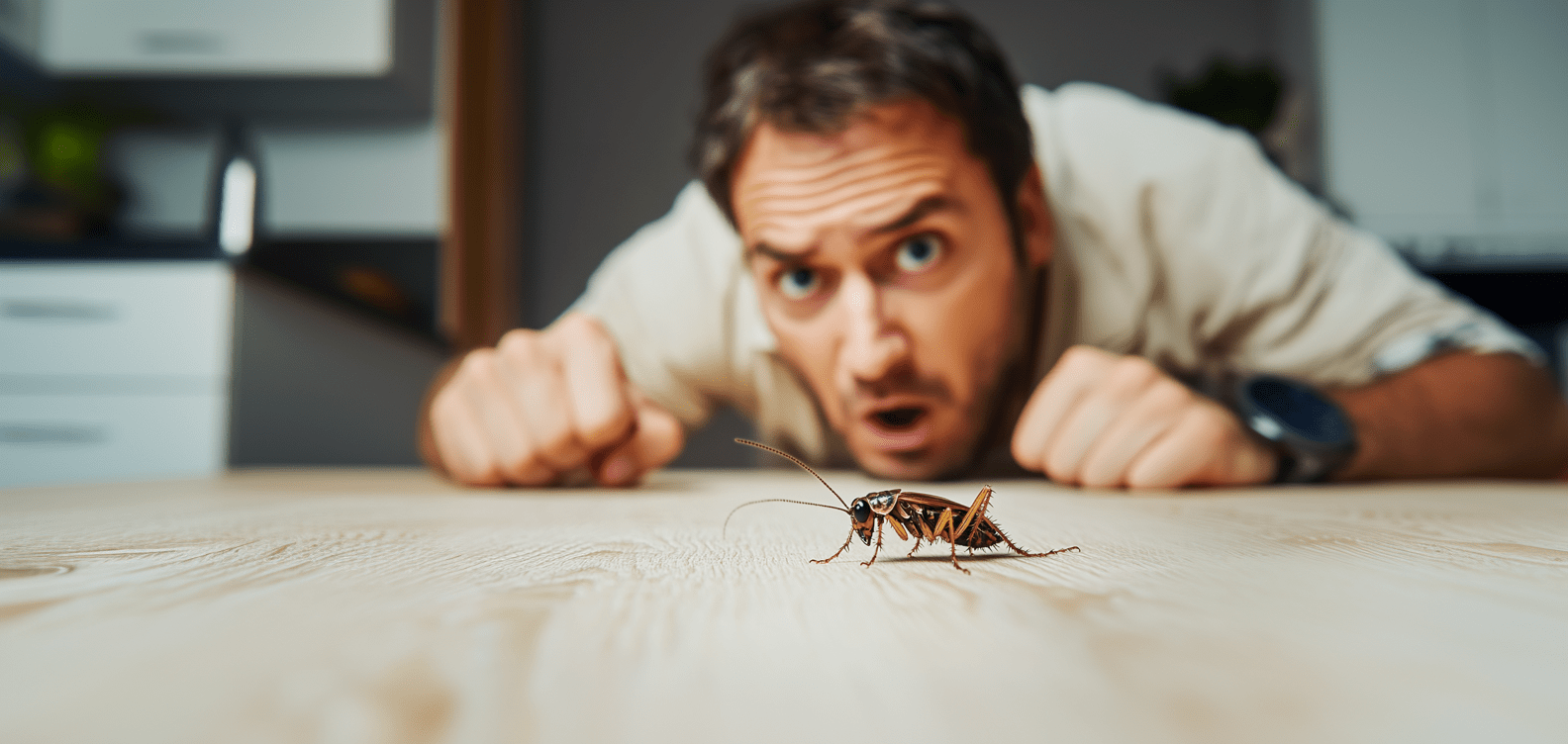
 Male crickets create their characteristic chirping by rubbing their wings together, a behavior known as stridulation, primarily to attract mates.
Visit our Species, Control, and DIY Guide sections for additional resources on crickets and ways to tackle a cricket infestation.
Male crickets create their characteristic chirping by rubbing their wings together, a behavior known as stridulation, primarily to attract mates.
Visit our Species, Control, and DIY Guide sections for additional resources on crickets and ways to tackle a cricket infestation.
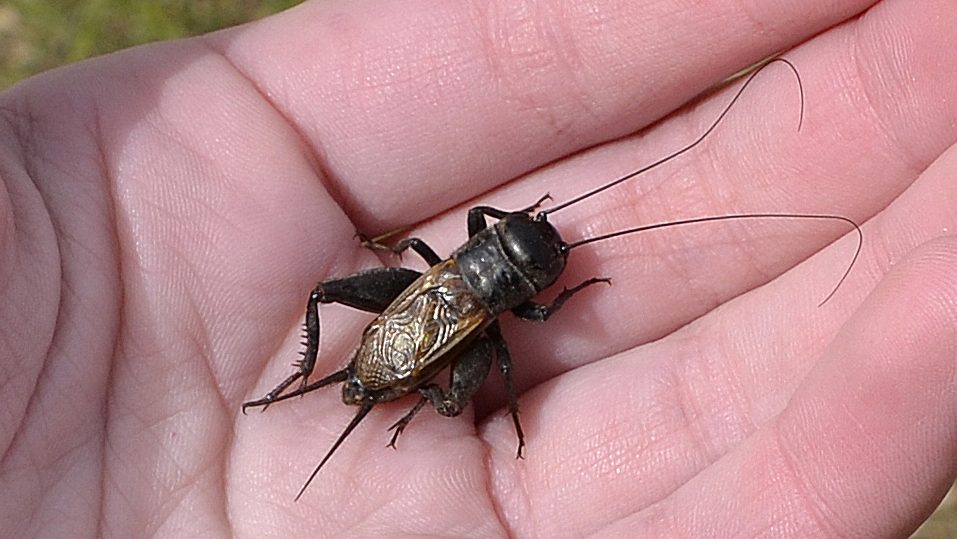
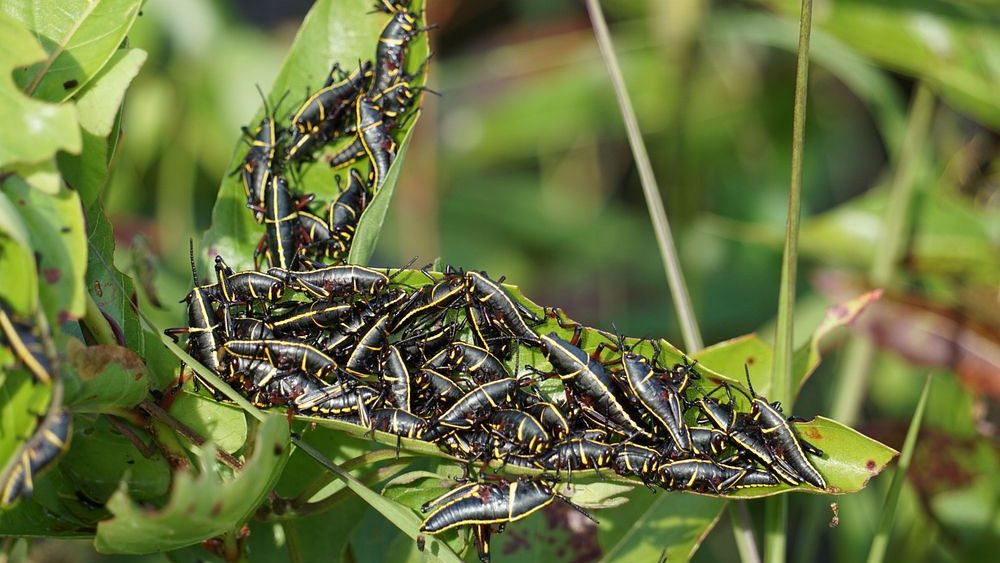 If you often see house crickets crawling in the above areas, it might be a sign of an infestation. Contact a pest control professional to get your property inspected. Our team can provide a customized approach to protect your home effectively.
If you often see house crickets crawling in the above areas, it might be a sign of an infestation. Contact a pest control professional to get your property inspected. Our team can provide a customized approach to protect your home effectively.

What Do House Crickets Look Like?
House crickets are among the most recognizable insects due to their size and distinctive appearance. They are known for their active behavior and the chirping sounds that often mark their presence. Their unique features make them relatively easy to identify, even for non-experts.Characteristics of House Crickets
-
Size: 1 to 1.5 inches in length.
-
Color: Light brown or tan with three dark bands running across their head.
-
Wings: Long, translucent wings that extend past their bodies, allowing for brief flights.
-
Antennae: Thread-like antennae that are often twice the length of their body.
-
Legs: Powerful hind legs designed for jumping.


Not getting a solution?
Get your free pest control estimate today!How Long do House Crickets Live?
House crickets have a relatively short lifespan, typically living for 2 to 3 months. Temperature, humidity, and food availability are major factors that determining their longevity. Despite their brief lives, house crickets reproduce rapidly, making early intervention crucial to prevent infestations.Life Cycle of House Crickets
-
Egg Stage: Females lay eggs in warm, moist areas, such as cracks or crevices.
-
Nymph Stage: Hatchlings resemble miniature adults without wings and molt several times before maturing.
-
Adult Stage: Adults develop wings and begin chirping. Males produce the characteristic chirping sound to attract mates.

What do House Crickets Eat?
House crickets are omnivorous insects that feed on a wide range of plant-based and animal-based materials. Their diet often includes grains such as cereal, flour, and breadcrumbs, making pantry items a common target. They also consume leftover fruits and vegetables, further broadening their food sources within homes. In addition to plant-based foods, house crickets occasionally nibble on meat products like pet food or dried meats. They are also known to damage organic materials, such as clothing made from natural fibers like cotton or wool, adding to their nuisance factor. This variety in diet allows them to thrive in various indoor environments.Where Do House Crickets Live?
House crickets are highly adaptable insects that seek out environments offering warmth, humidity, and safety from predators. Known for their ability to coexist with humans, they often invade homes in search of shelter, food, and optimal conditions for breeding. These crickets are nocturnal and prefer dark, quiet spaces where they can remain undisturbed during the day.
Common House Cricket Spots
-
Basements and Crawl Spaces: Cool, damp areas provide ideal hiding and breeding conditions.
-
Kitchens: Drawn to food sources, crickets often settle in kitchens.
-
Attics: Warm and undisturbed, attics serve as a refuge, especially during colder months.
-
Behind Walls or Furniture: Crickets often hide in cracks, crevices, or beneath furniture for protection and concealment.





